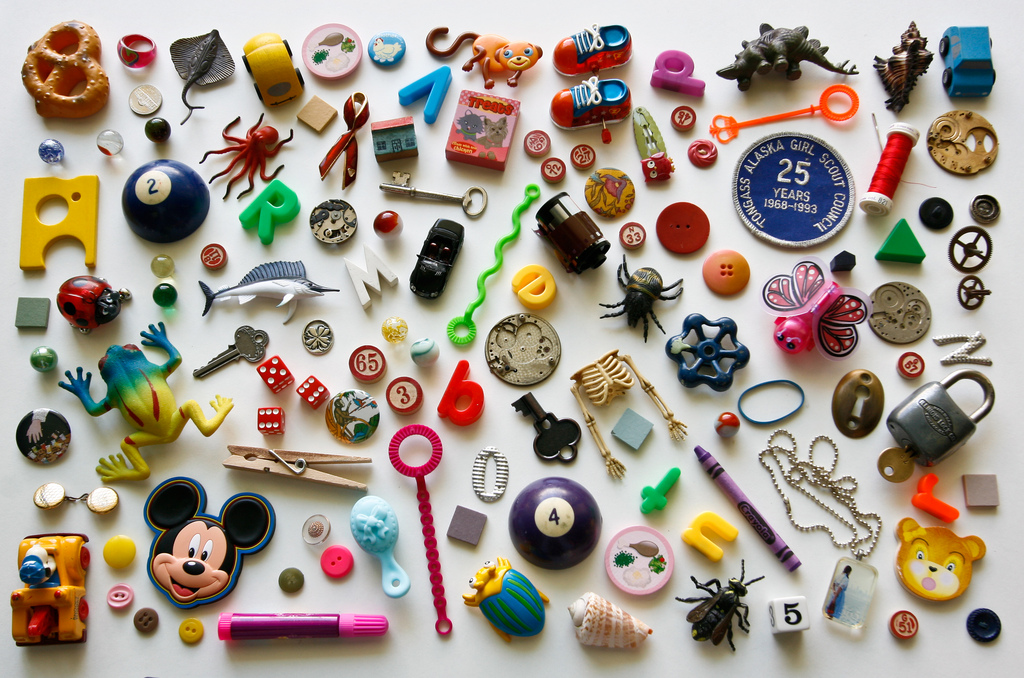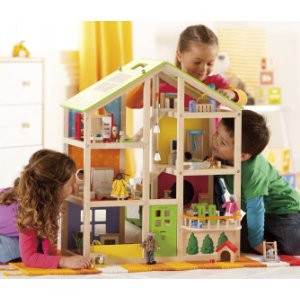Blog
Facilitating Pronoun Use
What is a Pronoun?
A pronoun is a word that is used to replace a noun or noun phrase. There are many different types of pronouns:
- Objective: Receives the action of the verb
- My father bought me a car.
- The doctor gave you a shot.
- The clown gave her a balloon.
- Take a picture of him.
- He bought it.
- My parents bought us a cake.
- He went to the museum with them.
- Subjective: Performs the action of the verb.
- I dropped my hat.
- You jumped on the trampoline.
- He ate an ice cream cone.
- She danced in the rain.
- It fell off the counter.
- We went to the movies.
- They went on a school trip.
- Possessive: Assigns ownership
- The flowers are mine.
- The book is yours.
- The phone is his.
- The camera is hers.
- Its petals are falling off.
- The house is ours.
- The baby is theirs.
It is important to not confuse possessive pronouns with possessive adjectives (i.e. my house is blue). Possessive pronouns are used to replace the noun, while possessive adjectives are used to describe the noun.
- Reflexive: Refers back to the subject
- I bought myself a camera.
- You should give yourself some medicine if you’re sick.
- My brother dressed himself this morning.
- She smiled to herself.
- The door locks by itself.
- We have the house to ourselves this weekend.
- The children occupied themselves during recess.
- Demonstrative: Points to something specific in a sentence
- That is a good idea.
- This is tasty!
- Those belong to my father.
- These are very comfortable.
Estimated Age of Acquisition For Pronouns
- 12-26 months (1-year to 2-years, 2-months old): I, It, this, that
- 27-30 months (2-years, 3-months to 2-years, 6-months): my, me, mine, you
- 31-34 months (2-years, 7-months to 2-years, 10-months): your, she, he, yours, we
- 35-40 months (2-years, 11-months to 3-years, 4-months): they, us, hers, his, them, her
- 41-46 months (3-years, 5-months to 3-years, 10-months): its, our, him, myself, yourself, ours, their, theirs
- 47+ months (3-years, 11-months+): herself, himself, itself, ourselves, yourselves, themselves
- 5 years old: those, these
Mastery of pronouns should be achieved by 5-years of age.
Activities To Facilitate Pronoun Use At Home
- I-SPY: The caregiver should go first to model how the game will be played. Bombard the child with the pronouns you want to work on. You can also use a picture scene with various people in the scene if you want to work on the he/she pronouns. To work on the we pronoun, print pictures from various places you and your child go to together (i.e. the movie theater and the grocery store). Example: “We go to this place and buy food” and “We go to this place to see a movie”
- “I spy something black. I wear it on my face. It helps me see. What is it?
- “I spy something red. I like to eat it and it tastes sweet. It is round and it grows on a tree. What is it?”
- To work on the pronoun “you/your/I”, play I-SPY in your child’s room: “I spy something pink that YOU wear on YOUR feet. I tie the laces for YOU. What is it?”

- Dollhouse: Using a dollhouse is a great way to facilitate pronoun use, especially if you have multiple dolls. Modeling proper pronoun use through play is a great way to assist your child in carrying the skills learned over into conversation.
- “My doll is the daddy and your doll is the baby girl. Oh no! She is crying! He has a bottle for her. Here you go baby! She is full now and sleepy. Lets put her in the crib now!”
- “Lets dress the girl doll! She wants to wear a dress and shoes. Oh look! You found a yellow dress, lets put it on her. She looks great! Lets put on her shoes. Now lets dress the boy doll. He wants to wear shorts and a t-shirt. Lets put a blue shirt on him. He really likes the blue shirt and the brown shorts. Wow! He looks great! Lets put on his shoes too! Good! Now, they are ready to go to the store now.”

- Tea Party: Play tea/birthday party with your child. Set up a girl and boy doll at the table. First, model pronoun use by giving your child directions. (i.e. “Give him a slice of cake and give her some tea. I want a piece of cake too! Can you give me a piece of cake please?”) Then, have your child give you directions. Pretend you misheard and give it to the wrong doll so that your child can correct you!

Remember, gestures are important when you are modeling pronouns, especially if this is the first time you’re introducing the pronoun! For example, point to yourself when saying I/me/mine and to the child when saying you/your/yours.
–Amanda Hammer, M.A. CF-SLP, TSSLD
Resource:
- Owens, R. E. (2008). Language development: An Introduction (Seventh ed.). Boston, MA: Pearson Education.




